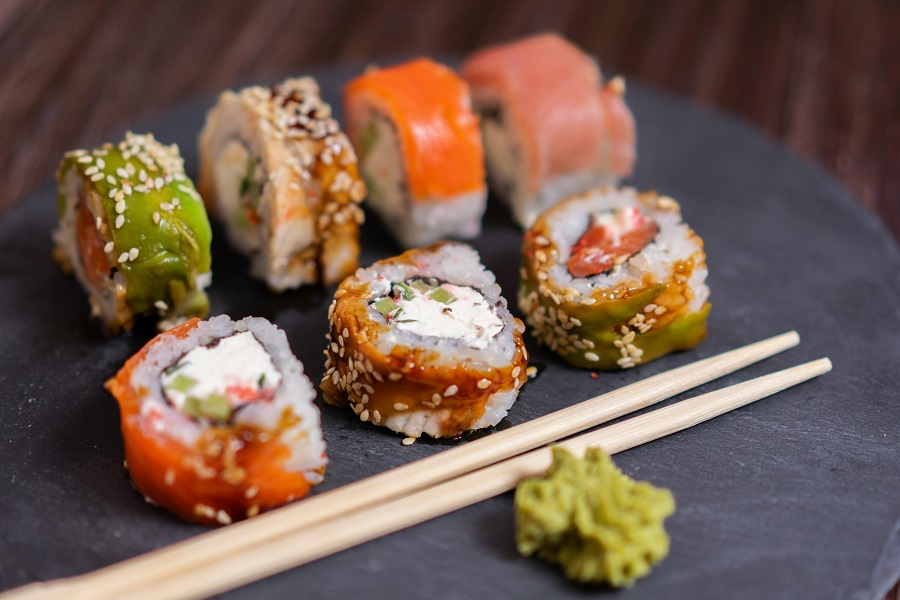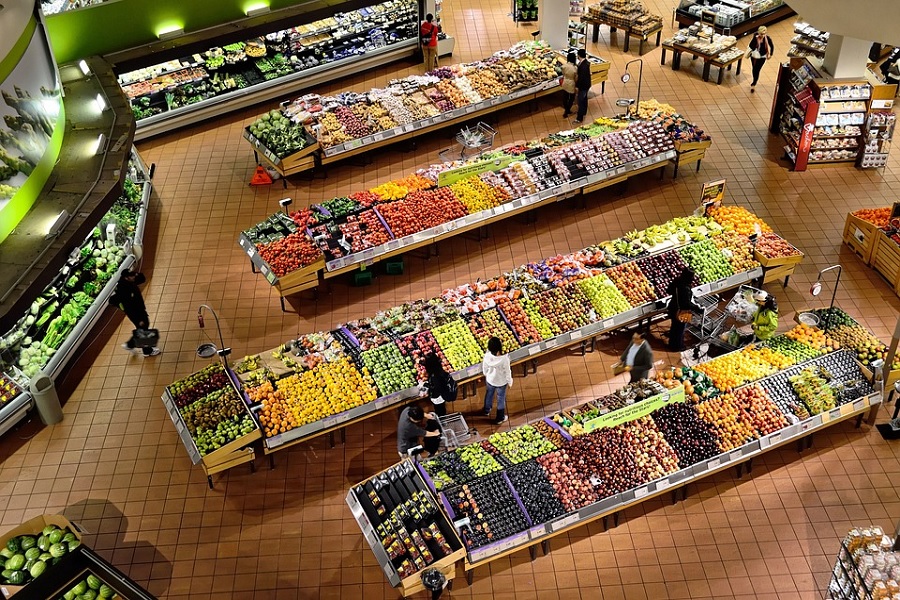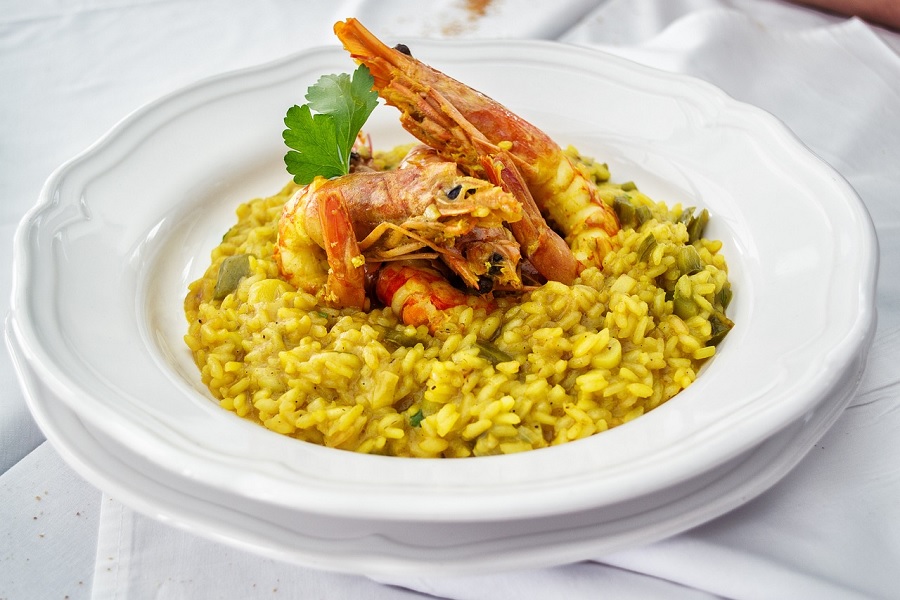Food and Beverage Tourism: Savoring the Flavors of the World

What is Food and Beverage Tourism?
Food and beverage tourism involves traveling to experience the unique culinary offerings of a place. This includes sampling local dishes, visiting markets and farms, participating in cooking classes, and exploring beverage traditions like wine, beer, tea, or coffee production. Unlike ordinary dining, this form of tourism immerses visitors in the cultural and historical contexts behind what they eat and drink.
Why is Food and Beverage Tourism Growing So Rapidly?
Authentic Cultural Experience
Food is a gateway to understanding a culture’s history, geography, and social customs. Eating local cuisine offers a firsthand experience of a region’s identity.
Rising Interest in Culinary Arts
With the popularity of cooking shows, food festivals, and social media food influencers, more travelers are inspired to explore culinary destinations.
Sustainable and Local Focus
Food tourism often promotes farm-to-table dining and supports small producers, reducing environmental impact and boosting local economies.
Creating Memorable Experiences
Tasting new flavors, meeting chefs, and engaging in hands-on activities enrich the travel experience beyond sightseeing.
Popular Food and Beverage Tourism Activities
Food Tours and Tastings: Guided visits to markets, street food stalls, and specialty restaurants.
Cooking Classes: Learning traditional recipes from local chefs or families.
Beverage Trails: Exploring vineyards, breweries, coffee plantations, or distilleries with tastings.
Food Festivals: Attending events that celebrate regional delicacies and culinary traditions.
Farm Visits: Seeing where ingredients are grown and understanding farm-to-table processes.
Famous Food and Beverage Destinations
Italy: Renowned for pasta, pizza, wine, and rich culinary heritage.
Japan: Known for sushi, ramen, tea ceremonies, and exquisite seasonal ingredients.
France: Famous for wine regions, cheese, pastries, and haute cuisine.
Mexico: Celebrated for vibrant street food, traditional moles, and mezcal.
India: Diverse spices, street snacks, and regional culinary traditions.
Tips for Enjoying Food and Beverage Tourism
Be Open to New Flavors
Try local specialties, even if they seem unusual. Food is a cultural expression worth exploring.
Research Local Food Customs
Understanding dining etiquette enhances the experience.
Take Food Safety Precautions
Choose reputable places and be cautious with street food if you have a sensitive stomach.
Engage with Locals
Ask questions, learn stories behind dishes, and share your own food experiences.
Document Your Culinary Journey
Photograph dishes, take notes, and share your discoveries with fellow food lovers.
The Future of Food and Beverage Tourism
As travelers seek more immersive and sustainable experiences, food and beverage tourism is expected to grow further. Innovations like virtual cooking classes, food-focused travel apps, and farm-to-table tours are making culinary exploration more accessible. Additionally, there is a growing emphasis on preserving traditional recipes and promoting ethical sourcing of ingredients.
























